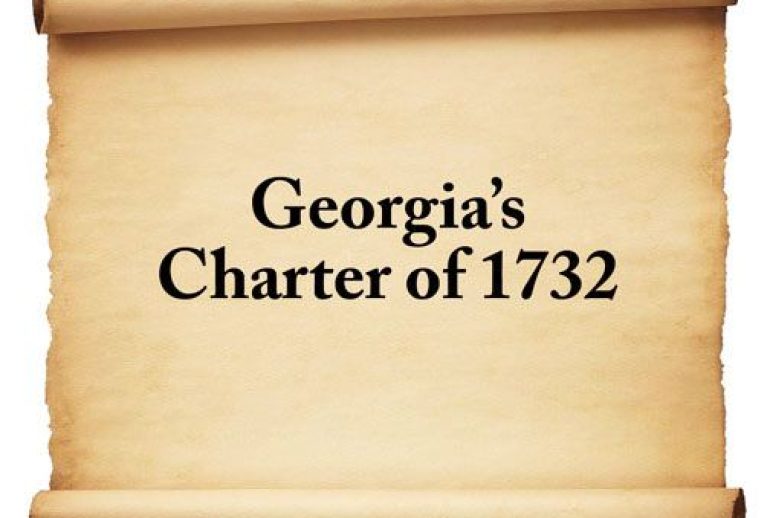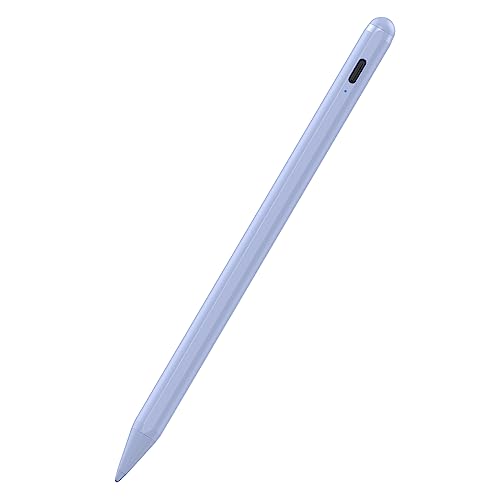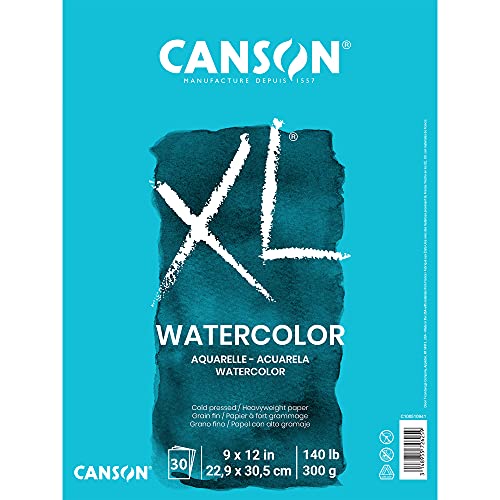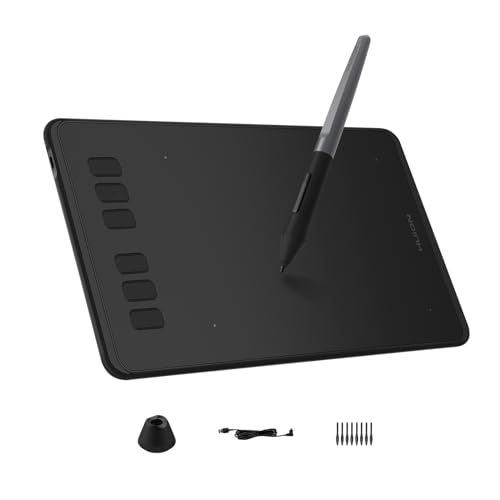The Charter of 1732 marked a significant moment in history. It established the colony of Georgia.
Creating an easy drawing of the Charter of 1732 can be a fun and educational activity. This historic document laid the foundation for what would become the state of Georgia. By making a simple drawing, you can better understand its design and importance.
Whether you are a student or a history buff, this activity will help you connect with the past in a creative way. Let’s explore how you can bring the Charter of 1732 to life through art.
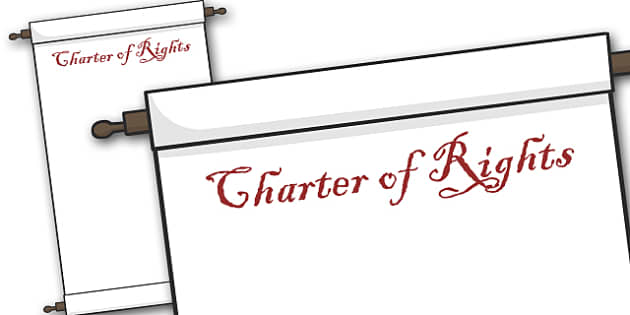
Credit: www.twinkl.com
Sketching The Layout
Creating a drawing of the Charter of 1732 can be fun. It helps you understand history better. Start by sketching the layout. This will guide you through the process. Let’s break it down step by step.
Drawing The Borders
First, draw the outer borders. Use a ruler for straight lines. The Charter of 1732 has a rectangular shape. Make sure your lines are neat. This sets a good foundation for the rest of the drawing.
Dividing Sections
Next, divide the interior into sections. These sections will represent different parts of the charter. Use light pencil strokes. You can darken them later. This division helps in adding details. Each section should be clear and distinct.
By dividing the layout, you make the drawing process simpler. It becomes easier to focus on one part at a time. You will see the charter come to life as you go along.
Adding The Title
Adding the title to your drawing of the Charter of 1732 can enhance its appearance. The title can help viewers understand the context of your work. It also makes the drawing look more professional and complete.
Positioning The Title
Think about where you want to place the title on the drawing. The top center is a popular choice. It draws attention and sets the stage for the rest of the artwork. You can also place the title at the bottom center. This can give a balanced look to your drawing. Ensure the title is not too close to the edges. This way, it won’t get cut off or look cramped.
Choosing The Font Style
Selecting the right font style is crucial. A simple, clean font like Arial or Times New Roman is often best. These fonts are easy to read and look professional. Avoid overly decorative fonts. They can make the title hard to read. The font size should be large enough to be easily seen. But not so large that it overshadows the drawing itself. Use bold or italics to emphasize the title, if needed. This can add a touch of elegance and importance.
Incorporating Text
Discover the charm of the Charter of 1732 through an easy drawing. This simple sketch highlights its historical significance. Perfect for students and history enthusiasts alike.
Including text in your drawing of the Charter of 1732 can enhance its historical value. Words and phrases provide context. They guide the viewer through the key points. This makes your drawing not only visually appealing but also informative.Writing The Main Content
First, decide what text to include. Focus on key phrases from the Charter. These might be the title, important dates, and main points. Write these phrases clearly and concisely. Avoid long sentences. Short, simple sentences work best. Use a historical font style. This adds authenticity to your drawing. It makes the text look like it’s from 1732. Place the text strategically. Surrounding key elements in your drawing helps viewers understand the context.Ensuring Legibility
Ensure the text is easy to read. Choose a font size that is large enough. Avoid overly fancy fonts. They can be hard to read. Use a clean, crisp font style. Check the spacing between letters and words. This makes the text more readable. Maintain a consistent style throughout the drawing. This keeps the viewer’s focus on the content. Choose a color that contrasts well with the background. This ensures the text stands out. Light text on a dark background works well. Dark text on a light background is also effective. Remember, the goal is to make the text clear and easy to read. This helps convey the historical significance of the Charter of 1732. Your drawing becomes a valuable educational tool. “`
Credit: www.pinterest.com
Decorative Elements
The Charter of 1732 is a significant historical document. Its visual appeal comes from various decorative elements. These elements enhance its beauty and emphasize its importance. Two main features stand out: ornamental borders and symbolic illustrations.
Adding Ornamental Borders
Ornamental borders frame the Charter of 1732. They add a touch of elegance and sophistication. These borders often feature intricate designs. Common patterns include vines, flowers, and geometric shapes. They create a visually appealing frame around the text. This draws the viewer’s eye and adds to the document’s grandeur.
Creating these borders is easy and fun. Start with simple lines and shapes. Gradually add more details to enhance the design. Use a ruler for straight lines and a compass for perfect circles. Practice makes perfect. The more you draw, the better your borders will become.
Illustrating Symbols
Symbols are essential elements in the Charter of 1732. They convey important messages and represent various themes. Common symbols include crowns, shields, and scrolls. Each symbol has a specific meaning and significance.
Drawing these symbols requires some practice. Begin with basic shapes and outlines. Add details to make the symbols more recognizable. Use reference images for accuracy. With time, your illustrations will become more detailed and accurate.
These decorative elements make the Charter of 1732 more engaging. Ornamental borders and symbols add depth and meaning. They transform a simple document into a work of art. Start drawing today and bring history to life.
Reviewing The Drawing
Let’s take a closer look at the easy drawing of the Charter of 1732. This step is crucial to ensure the drawing is accurate and complete. By reviewing the drawing, you can identify and correct any mistakes.
We’ll start by checking for accuracy. Then, we’ll move on to making final adjustments. This process will help in creating a perfect representation of the Charter of 1732.
Checking For Accuracy
Begin by comparing the drawing to the original Charter of 1732. Look at the details and ensure they match. Pay close attention to the text and symbols used in the drawing. Every element should be in its correct place.
Use a ruler or grid to check the alignment. This will help you see if everything is straight and properly spaced. Accuracy is key to a good drawing.
Making Final Adjustments
After ensuring accuracy, it’s time for final adjustments. Look for any small errors that need fixing. Erase any stray lines or smudges. Make sure the lines are clean and sharp.
Check the shading and coloring. Make sure it looks even and consistent. These final touches will enhance the overall look of the drawing.
Once all adjustments are made, the drawing of the Charter of 1732 is complete. It should now be an accurate and beautiful representation.

Credit: manmeetgill4.weebly.com
Final Touches
Final touches are essential to complete your drawing of the Charter of 1732. These steps help bring your artwork to life and ensure it lasts. Let’s dive into the final steps to enhance and protect your masterpiece.
Coloring The Drawing
Start by choosing the right colors. Use historical references for accuracy. Lightly shade areas to add depth and dimension. Avoid pressing too hard with your pencils. Gradually build up color layers for a smooth finish. Pay attention to details like text and borders. These small touches make a big difference.
Protecting The Artwork
Once your drawing is colored, it needs protection. Consider using a fixative spray. This helps to prevent smudging and fading. Apply the spray in a well-ventilated area. Hold the can about 12 inches away from the drawing. Use even, light strokes to cover the entire surface. Let it dry completely before handling.
Store your drawing in a safe place. Use a portfolio or a frame with glass. This keeps dust and dirt away. Avoid direct sunlight. It can cause colors to fade over time. With these steps, your drawing of the Charter of 1732 will remain vibrant and protected.
Frequently Asked Questions
What Is The Charter Of 1732?
The Charter of 1732 is a historical document. It established the colony of Georgia.
Why Is The Charter Of 1732 Important?
It marked the founding of Georgia. It outlined rules and governance for the colony.
Who Signed The Charter Of 1732?
King George II of England. He granted the charter to establish the colony.
How Can I Draw The Charter Of 1732 Easily?
Start with a simple outline. Focus on key elements like seals and signatures.
Conclusion
Understanding the Charter of 1732 becomes easy with a simple drawing. Visual aids help grasp historical details better. This method makes learning fun and engaging. Try drawing it yourself. This hands-on approach boosts memory and retention. Also, it sparks curiosity and deeper interest in history.
So, pick up a pencil. Start your journey into the past. Happy drawing and learning!

